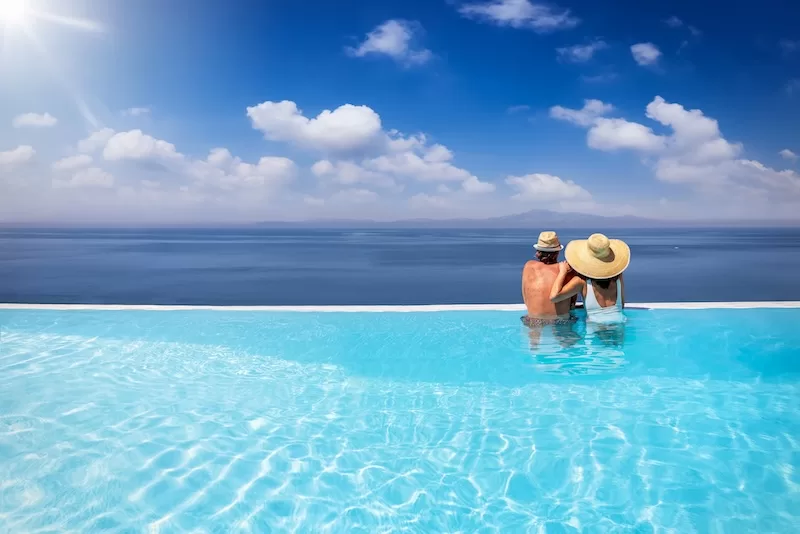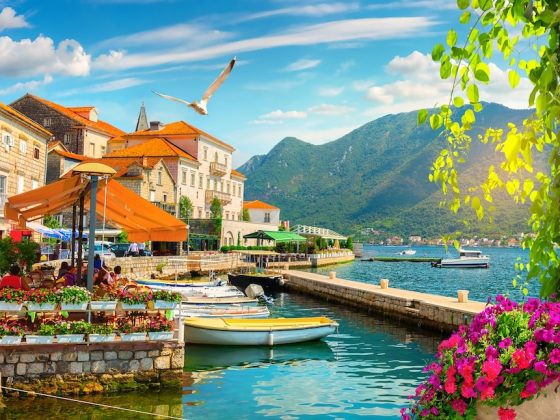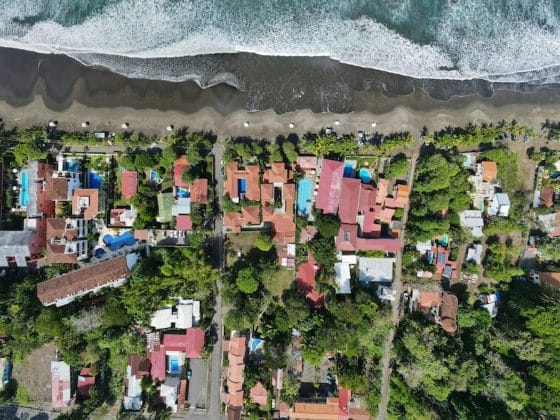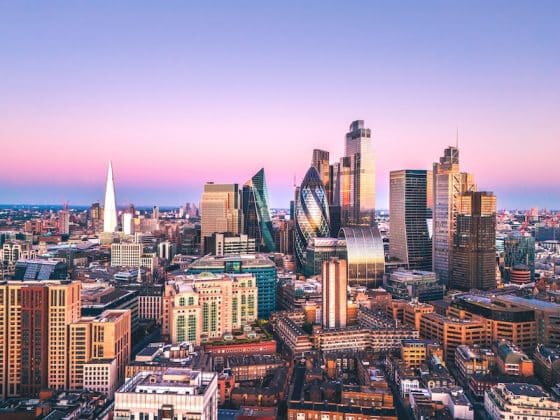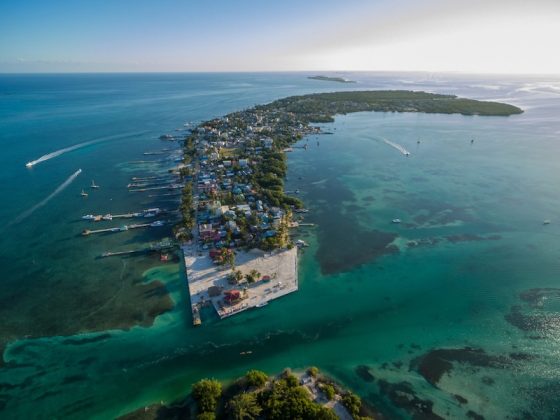The Dawn of a New Retirement
For decades, retirement was imagined as a fixed point in time, something that happened only after a full career had run its course. It followed a script that generations accepted without question: spend your productive years at home, accumulate savings, and eventually slow down in the same place where your life had unfolded. But today, that model feels remarkably outdated. The world has become more connected, mobility has become more accessible, and the traditional assumptions about work, age, and lifestyle are shifting beneath our feet – especially as more people are embracing the idea of retiring abroad to enjoy a richer and more fulfilling life experience.
Retirement is no longer an ending. It has become a design project. A continuum. A deliberate reshaping of how we want the second half of our lives to look and feel. Increasingly, people are thinking about retirement not as a final phase but as a new beginning; one that blends purpose with freedom, financial strategy with personal wellbeing, and global mobility with the desire for a life lived with intention.
For an entire generation that has been shaped by rising costs, economic uncertainty, and a longing for more balance, retiring abroad is no longer a fringe idea but a realistic, practical, and often necessary choice. It offers a way to live better for less, to stretch savings further, to access healthcare without fear, and to step into a lifestyle where joy, community, and creativity become central.
This is the new blueprint built on global possibility rather than geographic limits.

Read more like this: Top 3 Retirement Destinations
Why Retiring Abroad Makes Sense in a Changing World
The appeal of retiring abroad has grown for reasons far deeper than warm weather or postcard scenery. It is rooted in financial reality. In many Western countries, the cost of living in abroad has become incompatible with the retirement horizons people once considered attainable. Housing prices have skyrocketed. Healthcare systems are expensive and strained. Taxes are unpredictable. And the lifestyle that once seemed guaranteed now sits out of reach even for diligent savers.
Moving abroad changes the entire equation. In Latin America, Southern Europe, Southeast Asia, and parts of the Caribbean, retirees find that the cost of daily life is dramatically lower. Meals, housing, transportation, and healthcare cost a fraction of what they cost in the United States, Canada, or the United Kingdom. A modest pension or investment income suddenly becomes a tool of abundance rather than restriction.
Budget is only one dimension of the shift. The pace of life abroad is often gentler, more human, and more oriented toward wellbeing. Markets are local. Communities are walkable. Social connection is strong. The rhythm of daily life prioritises presence and enjoyment rather than stress and schedule. For many retirees, this lifestyle represents not only a financial advantage but a return to a way of living that feels grounded and meaningful.
International residency pathways have amplified this appeal. Countries like Portugal, Panama, Mexico, Costa Rica, Spain, Greece, and Malaysia have designed residency programmes that actively welcome retirees and semi-retirees. These pathways create access to healthcare, property ownership, financial stability, and long-term security—the pillars needed to build a real life abroad.
Retiring abroad is not simply possible. It is increasingly the smartest and most sustainable way to move into the next chapter.

The Rise of Semi-Retirement Abroad
Retirement used to mean stopping work altogether. That definition has quietly dissolved. Today, many people want something less final and far more flexible. They may crave a slower pace, but not a complete withdrawal from contribution or creativity. They may want to scale down their work rather than eliminate it. They may seek balance rather than absence.
This is the era of semi-retirement, a model where work becomes optional, passion-driven, and integrated into a lifestyle that feels right. Living abroad makes semi-retirement achievable because the cost of living is lower, meaning income does not need to be high to maintain a fulfilling life. A freelance client or part-time project becomes meaningful financial support. A consulting contract turns into stability rather than necessity. The pressure to earn is replaced by the freedom to choose.
The trend is clear across continents. Designers in Lisbon maintain a few private clients. Consultants in Panama take selective assignments. Writers in Mexico build portfolio careers. Entrepreneurs in Thailand pivot into smaller, more joyful ventures. The common thread is autonomy and the ability to shape work around life rather than life around work.
International residency programmes support this shift. Many allow flexible income structures, remote work, or entrepreneurship. In places where local costs are low, even modest earnings go far. Semi-retirement abroad is not a compromise. It is a doorway into a more balanced, intentional, and humane existence.
Read more like this: Top Countries with Retirement Visa Pathways
Building a Life Through International Residency
Residency is the backbone of a sustainable retirement abroad. It provides legal certainty, access to services, and the stability required to build a real home in another country. The world’s most popular retirement destinations offer residency pathways that are designed with ease and clarity in mind.
Portugal’s retirement residency programmes, Mexico’s temporary residency, Panama’s Pensionado programme, Costa Rica’s rentista and pensionado categories, Spain’s non-lucrative visa, and Greece’s residency offerings have all made it possible for retirees to establish a long-term foothold abroad. These pathways generally require proof of income or savings, basic documentation, and a commitment to spending some time in the country each year.
Beyond legality, residency creates belonging. It transforms a destination from a holiday into a home. It allows people to integrate; to open bank accounts, get local health insurance, join clubs, volunteer, and form friendships that root them to the place. Residency is what turns the dream of living abroad into a sustainable reality.
Read more like this: Costa Rica Retirement
For many people, obtaining residency is also a strategic choice. It diversifies life options. It provides a Plan B in times of geopolitical uncertainty or personal transition. It allows individuals to structure their financial and personal lives in ways that reduce vulnerability and increase choice. Residency is not only an administrative document; it is a form of long-term empowerment.

Property as a Foundation for Stability and Growth
Buying property abroad has become one of the most powerful tools in modern retirement abroad planning. In many parts of the world, real estate remains affordable, accessible, and of high quality. A home in Portugal, Mexico, Greece, or Colombia often costs a fraction of a comparable property in the United States, Canada, or the UK. For retirees who want a permanent base abroad, property provides stability, community, and a sense of place.
Many people choose to buy in coastal regions, small cities, or emerging destinations that offer strong lifestyle appeal and potential long-term growth. Property also allows retirees to lock in housing costs during a time when rental markets fluctuate unpredictably. In some countries, property ownership grants access to residency or reduces the administrative burden of renewing one’s legal status.
Real estate abroad can also function as a financial strategy that is generating rental income, providing potential capital appreciation, and diversifying assets internationally. A well-chosen property can support semi-retirement, cover living expenses, or serve as a long-term anchor for future generations.
Still, purchasing property abroad requires careful due diligence. Laws differ from country to country.
Some markets favour buyers; others require caution. Legal representation is essential. And understanding local culture and neighbourhoods matters as much as understanding the real estate itself.
For those who approach the process thoughtfully, international property becomes one of the most powerful tools for designing the next chapter.
Read more like this: Renting vs. Buying Abroad
Healthcare, Longevity, and a Better Way to Age
One of the most compelling reasons for retiring abroad is healthcare, both its quality and its affordability. In many countries, private healthcare systems offer efficient, modern treatment at costs dramatically lower than in the United States or parts of Europe. Appointments are longer. Wait times are shorter. Doctors are accessible. Hospitals invest in patient experience rather than administrative complexity.
Retirees moving abroad often report a sense of relief when they realise that healthcare is no longer a financial threat but a manageable, predictable part of life. In Mexico, Portugal, Thailand, Colombia, Malaysia, and Costa Rica, private health insurance is accessible and often costs less per year than a single month’s premium in Western systems.
This accessibility supports something deeper: longevity. Retiring abroad often means living in places where diet, lifestyle, climate, and community naturally support longer life. Fresh markets replace processed food. Walkable streets replace long commutes. Sunlight replaces artificial light. Conversations replace isolation. The effect on overall wellbeing is profound.
Many retirees choose countries that mirror elements of the world’s Blue Zones which are places where people regularly reach one hundred years of age. The Mediterranean has long been associated with healthy ageing. Parts of Latin America support strong community bonds and outdoor living. Southeast Asia offers climate and cuisine that naturally support health. Retiring abroad is not just a financial strategy. It is a pathway to a better, longer, and healthier life.
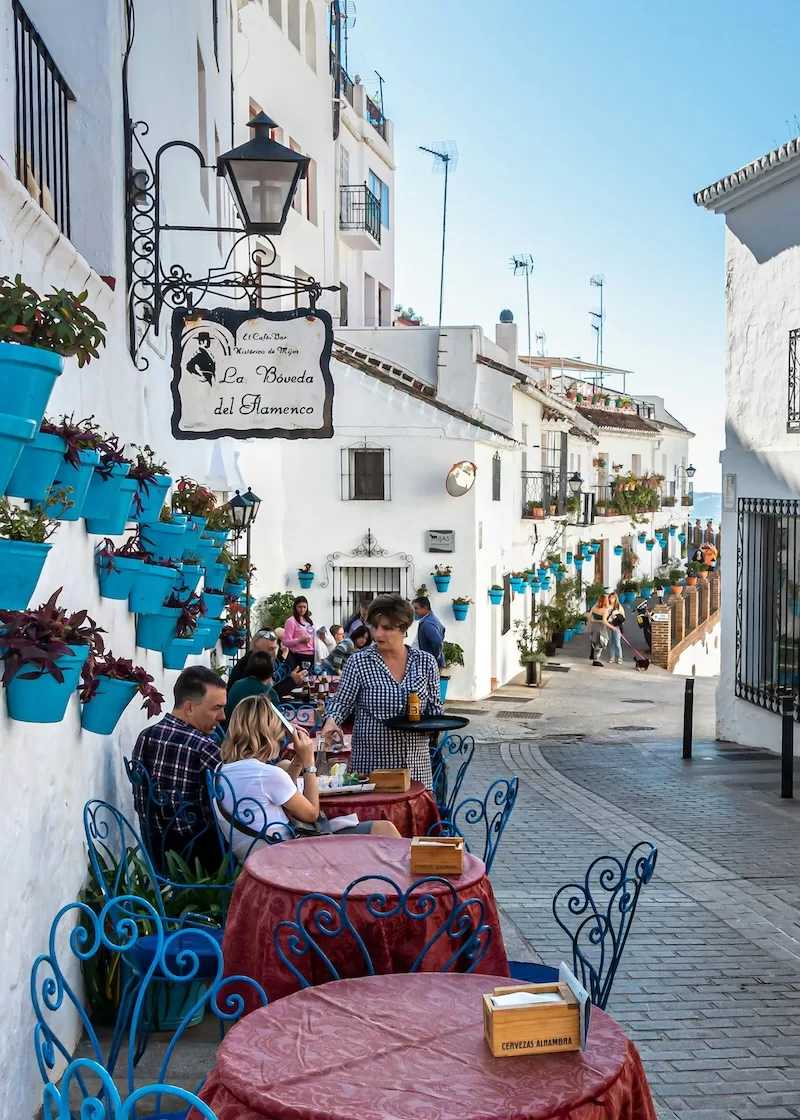
Read more like this: How to Avoid Double Taxation
Financial Planning for a Global Future
A modern international retirement requires clarity, structure, and foresight. While lifestyle is central, the financial strategy behind it must be strong. Retirees must understand the tax implications of their home country and their new country of residence. They must plan for banking, pensions, investment income, and reporting obligations.
Countries differ in how they treat foreign income. Some use territorial taxation, taxing only what is earned within their borders. Others rely on worldwide taxation. Double taxation treaties can provide relief, but they require awareness and careful planning. Retirees who prepare early are able to minimise unnecessary taxes, reduce risk, and maintain compliance across jurisdictions.
Investment portfolios may need to shift to support global living. Some choose to convert real estate at home into investments abroad. Others focus on rental income, dividends, or passive income sources that remain stable even during transition. Many people find that lowering cost of living through international residency enables earlier retirement or more flexible semi-retirement.
The most successful retirees treat financial planning as a long-term architecture, built intentionally to withstand the complexities of global life.
Read more like this: How to Retire Tax-Free Abroad
The Emotional Landscape of Retiring Abroad
Retiring abroad is not purely strategic. It is deeply emotional. To leave one’s home country is to step outside familiarity and into possibility. It requires courage, adaptability, and openness to new ways of living. But it also offers something rare: the chance to reinvent oneself without expectation or limitation.
Retirees frequently describe a feeling of expansion when they settle into life abroad. Time begins to feel abundant again. Creativity emerges. Priorities shift. The social structures of a new culture open doors to connection that had once been overshadowed by routine.
The emotional benefits are not fleeting. Feeling valued, connected, and engaged has a measurable impact on longevity and mental health. Many retirees discover that living abroad rekindles curiosity — something that can fade in environments that no longer stimulate growth.
Retiring abroad becomes an act of renewal. A commitment to a life that feels more aligned with who they are now, rather than who they used to be.

A Blueprint for the Next Chapter
Retiring abroad is not simply about affordability, residency pathways, or favourable climates. It is about designing a life shaped by intention rather than obligation. It is about choosing environments that support wellbeing, creativity, and freedom. It is about recognising that the second half of life can be just as expansive and meaningful as the first, and that the world is full of places that welcome this transformation.
The modern retirement blueprint is global. It blends strategy with curiosity, planning with spontaneity, stability with adventure. It prioritises health, community, and purpose. It is built on the belief that you do not have to wait until old age to live well, and that the world is full of destinations ready to support whatever version of the future you choose.
Retiring abroad is not an escape. It is an embrace of possibility, of reinvention, and of a life where every chapter is chosen rather than inherited.
Read more like this: Retirement Visas and the Confident Path to Long-Term Living Abroad
